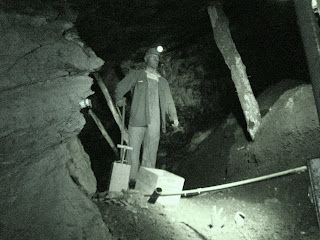Why is Georgia Power still peddling misinformation about solar power instead of moving ahead with it? What’s happening in Germany could be a clue.


|
The first graph illustrates what a typical day on the electricity market in Germany looked like in March four years ago; the second illustrates what is happening now, with 25GW of solar PV installed across the country. Essentially, it means that solar PV is not just licking the cream off the profits of the fossil fuel generators — as happens in Australia with a more modest rollout of PV — it is in fact eating their entire cake.So solar is taking the profits out of coal and natural gas. So sad!
Deutsche Bank solar analyst Vishal Shah noted in a report last month that EPEX data was showing solar PV was cutting peak electricity prices by up to 40%, a situation that utilities in Germany and elsewhere in Europe were finding intolerable. “With Germany adopting a drastic cut, we expect major utilities in other European countries to push for similar cuts as well,” Shah noted.You know, if the utilities got out in front and generated energy from solar and wind themselves, they wouldn’t be having this problem.Analysts elsewhere said one quarter of Germany’s gas-fired capacity may be closed, because of the impact of surging solar and wind capacity. Enel, the biggest utility in Italy, which had the most solar PV installed in 2011, highlighted its exposure to reduced peaking prices when it said that a €5/MWh fall in average wholesale prices would translate into a one-third slump in earnings from the generation division.
Here in Georgia, even Georgia Power could get going and do that, instead of fighting this:
Continue reading









